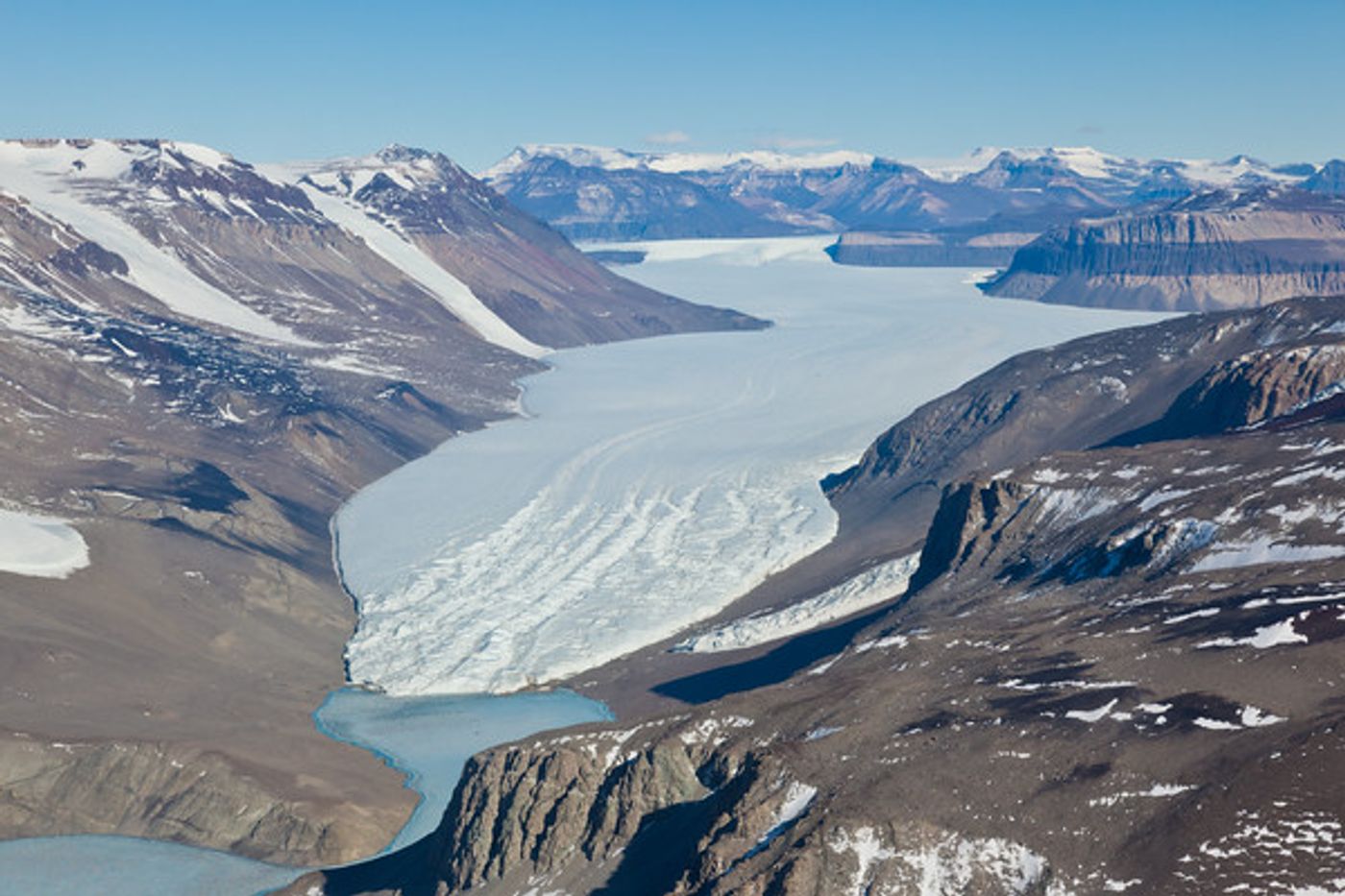We're emitting even more methane than we thought
A recent paper published in Nature illuminates key findings regarding human-caused methane emissions. Scientists from the University of Rochester have determined that anthropogenic methane emissions are likely much higher than we previously thought. Human activities like fossil fuel extraction and use, raising livestock, and generating landfills account for 60% or more of total methane emissions. Vasilii Petrenko, one of the researchers, explains, "This means we have even more leverage to fight global warming by curbing methane emissions from our fossil fuel use."
Because naturally occurring systems like wetlands, ocean seeps, land seeps, and wildfire emit methane, in order to determine how much of the methane currently in the atmosphere is coming from humans, the team of scientists turned to the past – in the form of ancient ice cores.
Embarking to which Taylor Glacier in Antarctica, the scientists extracted cores from layers of ice that are roughly 12,000 years old. The ice layers that they extracted have air bubbles which they used in order to get a glimpse at the climate and atmospheric conditions of the past.
Looking more closely at methane emissions particularly, the team analyzed the methane isotopes they found in the ice cores in order to differentiate the sources of the methane. In other words, these ice cores could tell them how much methane was coming from natural sources back in the day (because 12,000 years ago humans weren’t yet emitting any methane) and then compare that with how much is emitted now.
"We know rather little about how much methane comes from different sources and how these have been changing in response to industrial and agricultural activities or because of climate events like droughts," says Hinrich Schaefer, an atmospheric scientist at the National Institute of Water and Atmospheric Research (NIWA) in New Zealand. "That makes it hard to understand which sources we should target specifically to reduce methane levels."
Because differentiating the natural and anthropogenic sources of emissions is such a challenge, previous efforts to understand how much methane humans emit have a shadow of doubt over them. That’s why the ice cores are so important: under the assumption that natural geologic methane emissions have not changed drastically over the last 12,000 years, the ice cores provide a constant against which we can measure our anthropogenic emissions.
The study elaborates that the findings from the ice cores suggest that “geological methane emissions were no higher than 15.4 teragrams per year, averaged over the abrupt warming event that occurred between the Younger Dryas and Preboreal intervals, approximately 11,600 years ago. Assuming that past geological methane emissions were no lower than today, our results indicate that current estimates of today’s natural geological methane emissions (about 52 teragrams per year) are too high and, by extension, that current estimates of anthropogenic fossil methane emissions2 are too low.”
In easier terms, the study found that natural geologic methane levels were three to four times lower than the scientific community had thought. Which means that the anthropogenic fossil methane emissions must be higher. Which means that we are more of a problem than we accounted for.
Sources: Science Daily, Nature









